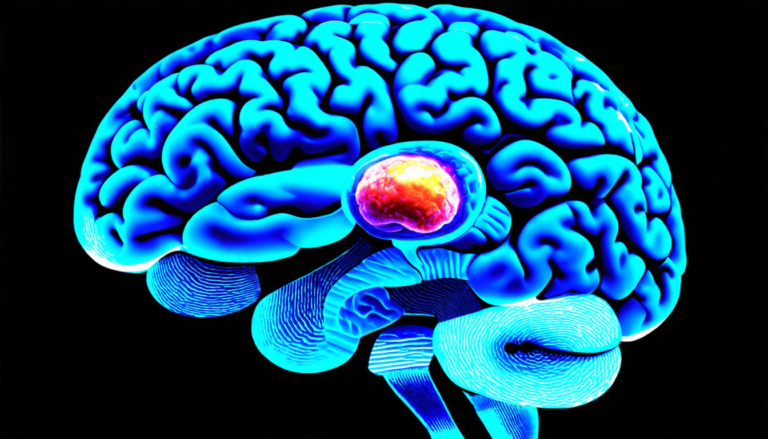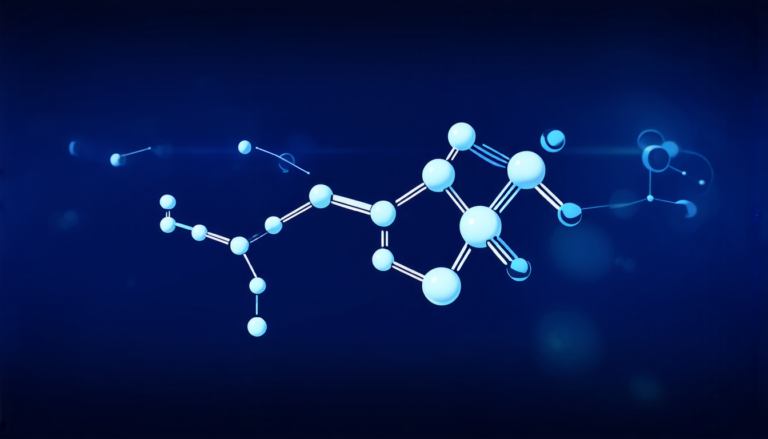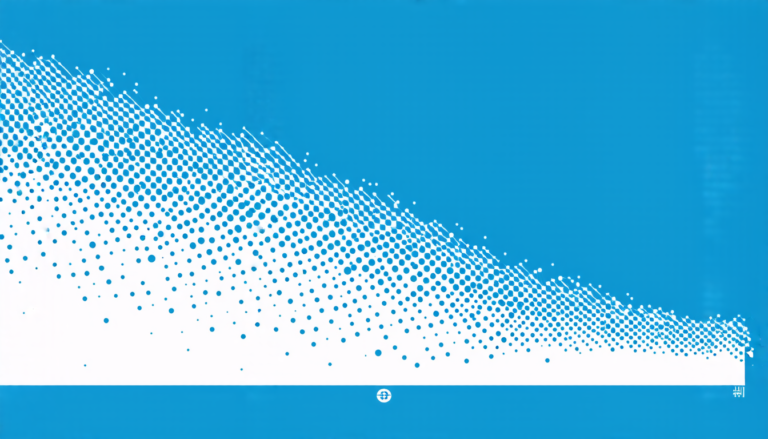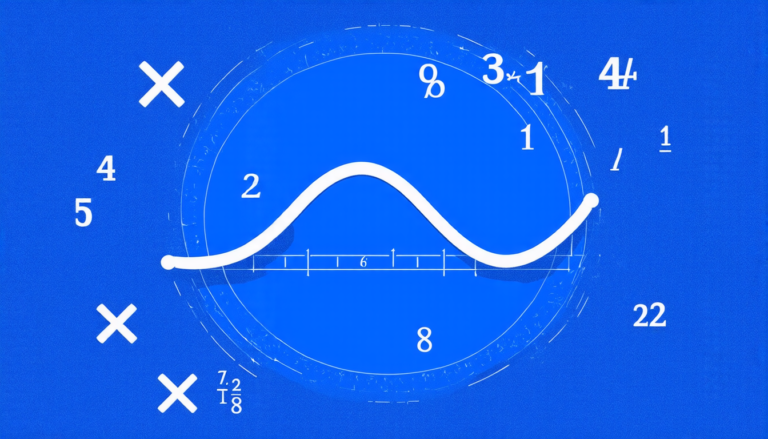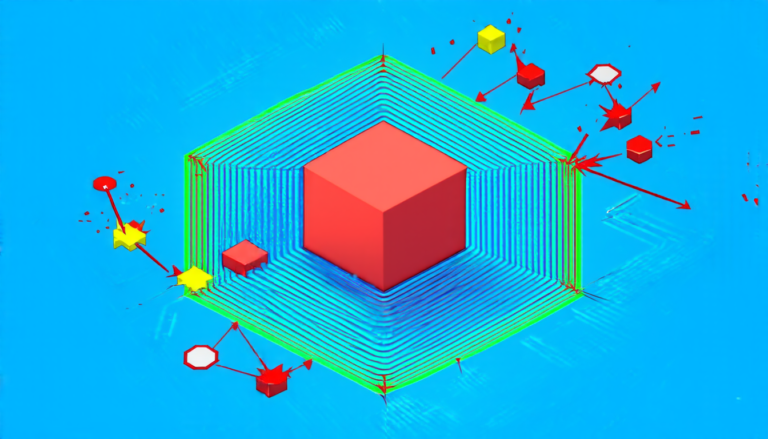Monday 07 April 2025
For decades, mathematicians have been fascinated by a particular type of graph, known as a gcd-graph. These graphs are formed by combining integers and algebraic operations to create a complex network of connections. Recently, researchers made a significant breakthrough in understanding the properties of gcd-graphs, particularly their spectral behavior.
Spectral analysis is crucial in many areas of science, including quantum mechanics, signal processing, and machine learning. It involves studying the way graphs absorb or reflect energy, which is essential for understanding how information propagates through the network. In the case of gcd-graphs, researchers have long sought to develop a deeper understanding of their spectral properties.
The latest study focused on gcd-graphs over finite rings, which are mathematical structures that combine integers and algebraic operations. The authors discovered that these graphs can be decomposed into smaller subgraphs, each with its unique spectral characteristics. This decomposition allows for the development of new algorithms to analyze the graph’s behavior.
One of the most significant findings is the existence of a direct relationship between the graph’s structure and its spectral properties. Specifically, researchers found that the eigenvalues of the graph, which are essential for understanding how energy propagates through the network, can be calculated using a simple formula involving the gcd-graph’s underlying algebraic structure.
This breakthrough has far-reaching implications for various fields. In quantum mechanics, it could lead to more accurate simulations of complex systems, such as chemical reactions and particle interactions. In signal processing, it may enable the development of new filtering techniques that are more efficient and effective. Additionally, in machine learning, this discovery could facilitate the creation of novel algorithms for data analysis and pattern recognition.
The research also highlights the importance of algebraic structures in understanding complex systems. By combining integers and algebraic operations, mathematicians can create intricate networks that model real-world phenomena. This approach has already led to significant advances in fields such as cryptography, coding theory, and computer science.
While this study marks a significant milestone in the field of gcd-graphs, it also opens up new avenues for exploration. Researchers will continue to investigate the properties of these graphs, seeking to uncover even more secrets about their behavior and potential applications. As our understanding of gcd-graphs grows, we can expect to see innovative solutions emerge in a wide range of fields.
In the end, this breakthrough demonstrates the power of mathematical abstraction, which allows us to model complex systems and uncover hidden patterns.
Cite this article: “Unlocking the Secrets of GCD-Graphs: A New Frontier in Quantum Dynamics”, The Science Archive, 2025.
Gcd-Graphs, Spectral Analysis, Finite Rings, Algebraic Structure, Eigenvalues, Quantum Mechanics, Signal Processing, Machine Learning, Graph Decomposition, Mathematical Abstraction
Reference: Tung T. Nguyen, Nguyen Duy Tân, “On gcd-graphs over finite rings” (2025).


